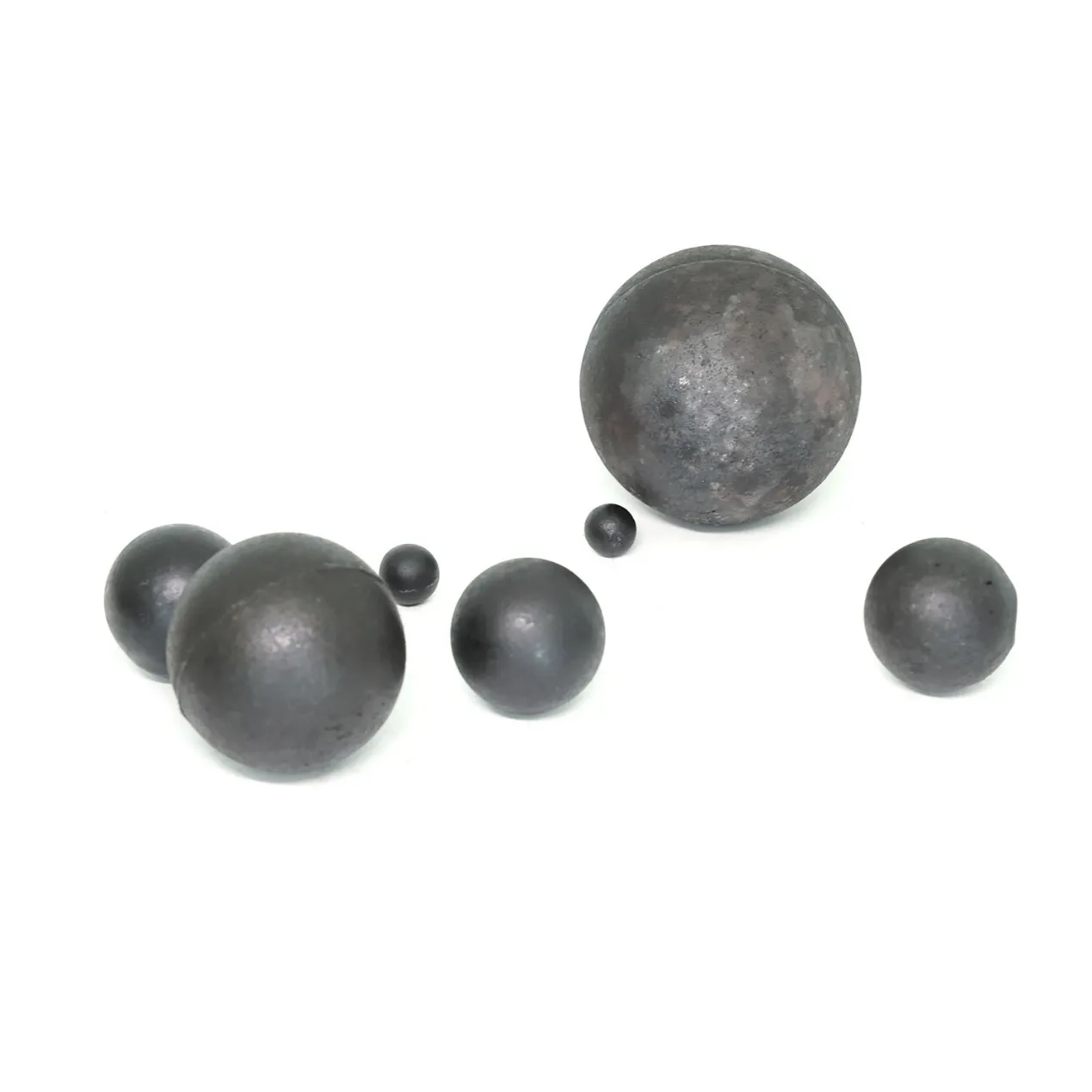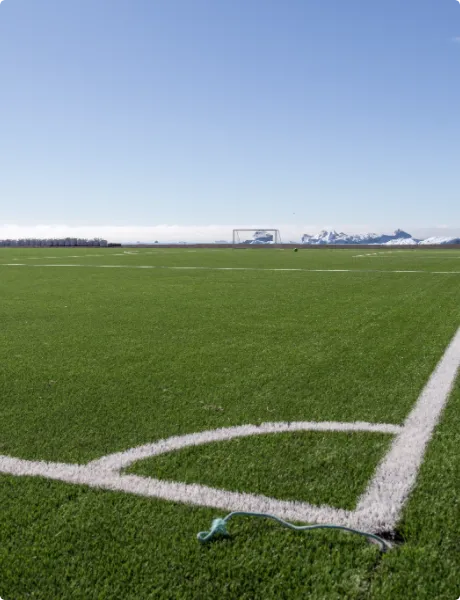Jun . 08, 2025 08:12 Back to list
High Chrome Grinding Balls - High Wear Resistance & Durability
- Introduction to High Chrome Balls: The Backbone of Industrial Grinding
- Unmatched Durability: The Technical Advantages of High Chrome Grinding Steel Balls
- Industry Benchmark: Comparative Analysis of High Chrome Ball Manufacturers
- Customized Solutions: Tailoring High Chrome Steel Balls to Your Needs
- Application Showcase: Success Stories Across Industries
- Optimizing Operations: The Economic Impact of High Chrome Balls
- Future-Proofing with High Chrome Balls: Concluding Insights

(boules à haute teneur en chrome)
High Chrome Balls: The Backbone of Industrial Grinding
In mineral processing and cement production, grinding efficiency directly correlates with operational profitability. High chrome balls, characterized by chromium content between 10-30%, have become indispensable grinding media components. Unlike conventional alternatives, these specialized alloy spheres maintain structural integrity under extreme pressure while resisting abrasive wear.
Industrial case studies reveal plants utilizing premium high chrome grinding steel balls reduce media consumption by 40-60% compared to forged steel alternatives. The microstructural advantages derived from precisely controlled heat treatment processes enable:
- Surface hardness exceeding 60 HRC
- Core toughness maintained at 55-58 HRC
- Chromium carbide formation at 18-22% optimal Cr content
- Impact resistance sustained at temperatures up to 450°C
Global cement producers report annual savings of $2.4-3.8 million per plant by switching to engineered grinding media. This transition period typically delivers ROI within 8-14 months through reduced maintenance downtime and consumable replacement frequency.
Unmatched Durability: The Technical Advantages in Grinding Media
Metallurgical science explains the superiority of high chrome steel balls through their dual-phase microstructure. The hypereutectic chromium carbide network formed during controlled cooling embeds abrasive-resistant particles throughout the martensitic matrix. This structural configuration yields three measurable benefits:
- Wear rates below 30g/ton in cement raw meal grinding
- Crushing strength maintained above 4,500 MPa
- Sphericity tolerance within ±0.5% throughout lifespan
Laboratory simulations confirm premium high chrome grinding steel balls retain >85% of initial mass after 7,500 operational hours in gold ore processing. The technical superiority becomes particularly evident when comparing core performance metrics:
| Property | High Chrome Balls | Forged Steel | Cast Iron |
|---|---|---|---|
| Hardness (HRC) | 62-67 | 58-63 | 45-55 |
| Wear Rate (g/ton) | 20-40 | 70-120 | 140-200 |
| Breakage Rate (%) | 0.3-0.8 | 1.2-2.5 | 3.0-8.0 |
| Lifespan (hours) | 6,000-8,500 | 2,500-3,500 | 1,200-2,000 |
Industry Benchmark: Comparative Analysis of Key Manufacturers
The global grinding media market shows significant quality variance between manufacturers. Reputable producers like Magotteaux, Scaw Metals, and TOYO Grinding Ball leverage vacuum degassing technology alongside automated thermal regulation to achieve unparalleled consistency. Independent audits of mill performance highlight critical differences:
| Manufacturer | Cr Content (%) | Hardness (HRC) | Breakage Rate (%) | Annual Production Capacity |
|---|---|---|---|---|
| Magotteaux MAXICROM® | 18-22 | 64-67 | ≤0.5 | 380,000 tons |
| Scaw Metals Hypersteel® | 16-20 | 62-65 | ≤0.7 | 220,000 tons |
| TOYO Chrome Balls | 20-26 | 63-66 | ≤0.6 | 150,000 tons |
These industry leaders maintain tolerances 70% tighter than generic equivalents through precision spectral analysis during alloy formulation. The manufacturing variances become operationally significant after 2,000 grinding hours, where inferior products exhibit up to 37% greater diameter reduction.
Customized Solutions: Tailoring to Your Specific Needs
Advanced grinding operations require custom-engineered high chrome steel balls optimized for unique processing conditions. The key parameters requiring specification include:
- Chromium Optimization: 10-12% for soft ores vs. 18-26% for abrasive applications
- Size Configuration: 12-125mm diameters for SAG vs. ball mill requirements
- Microalloying: Molybdenum (0.8-1.5%) for corrosion resistance
- Hardness Grading: Variable core-to-surface differentials
Copper mining operations in Chile demonstrated 19% throughput improvement after switching to 70mm high chrome balls with specialized impact-resistant cores. The engineered solution contained:
- 22% chromium content
- 1.2% molybdenum additive
- Surface hardness: 66 HRC
- Core hardness: 59 HRC
- ±0.2mm diameter tolerance
Application Showcase: Success Stories Across Industries
Real-world installations validate the operational superiority of high chrome grinding balls. Consider these documented cases:
Gold Processing - Ghana: AngloGold Ashanti's Obuasi operation achieved 18.7% reduction in specific energy consumption by implementing 80mm high chrome grinding steel balls. The mine recorded:
- Media consumption drop from 1.36kg/t to 0.78kg/t
- Grinding circuit availability increase to 93.5%
- Throughput boost of 510 tons daily
Cement Production - India: UltraTech Cement's Gujarat plant reported these results after switching to 17% Cr grinding balls:
| Metric | Before | After | Improvement |
|---|---|---|---|
| Ball consumption (g/t) | 89 | 52 | 41.5% reduction |
| Power (kWh/t) | 38.2 | 34.6 | 9.4% reduction |
| Mill output (tph) | 128 | 142 | 10.9% increase |
Optimizing Operations: The Economic Impact
The financial calculus for high chrome balls extends beyond purchase price. Lifetime ownership costs factor in five critical dimensions:
- Consumption Rate: Premium media lasts 2.2-3.5× longer
- Power Efficiency: Optimized grinding reduces kWh/t by 12-19%
- Throughput: Mill productivity increases 8-15%
- Maintenance: Diaphragm and liner replacement frequency decreases
- Labor: Reduced manual sorting requirements
Mines processing 50,000 TPD calculate media cost reductions exceeding $3.7 million annually when implementing high chrome grinding steel balls. This figure climbs significantly when accounting for associated savings in power consumption ($560,000/year) and maintenance ($310,000/year).
Future-Proofing with High Chrome Balls: Concluding Insights
The evolution of high chrome balls continues through computational material science and nanotechnology. Emerging developments include:
- Self-lubricating micro-surface treatments reducing friction coefficient
- Embedded sensors monitoring real-time wear patterns
- Radial hardness gradient engineering for specific comminution requirements
Leading mining corporations report that optimized high chrome balls contribute to 21-28% lower processing costs over 5-year operational periods. The metallurgical precision achieved through computer-controlled thermal cycles ensures these advanced grinding media deliver:
- Industry-leading wear resistance
- Predictable performance behavior
- Optimized particle size distribution
- Robust impact resistance
Operations seeking to maximize grinding circuit efficiency must prioritize comprehensive media analysis. Beyond specifications, installation protocols and maintenance practices contribute significantly to achieving the potential 80% cost savings offered by engineered high chrome balls.

(boules à haute teneur en chrome)
FAQS on boules à haute teneur en chrome
Q: What are high chrome grinding balls?
A: High chrome grinding balls are wear-resistant steel balls with chromium content exceeding 10%. They are primarily used for material crushing and grinding in industrial mills. Their alloy composition ensures superior hardness and durability.
Q: What industries benefit from high chrome steel balls?
A: Mining, cement production, and thermal power plants extensively use high chrome steel balls. They excel in grinding raw materials like ores, coal, and clinker. These industries leverage their efficiency in reducing operational downtime.
Q: How do high chrome grinding steel balls outperform alternatives?
A: They offer 3-5x longer service life than low-chrome or forged steel balls due to exceptional wear resistance. Their consistent shape minimizes mill maintenance costs. Higher hardness (HRC 58-65) also improves grinding efficiency.
Q: What specifications define premium high chrome grinding balls?
A: Premium grades contain 10-30% chromium with precise heat treatment for optimal microstructure. Impact toughness exceeding 4 J/cm² prevents fracturing. Strict roundness tolerances (<0.5%) ensure balanced rotation in mills.
Q: How should I maintain high chrome grinding balls in operations?
A: Monitor size distribution monthly to maintain optimal mill loading. Avoid overfilling beyond manufacturer's recommendations (typically 30-40% mill volume). Pair with compatible liners to prevent accelerated wear.
-
Expert Insights on Fabrica de Molinos de Bolas: Industry Trends & Global Applications
NewsNov.24,2025
-
Expert Insights on Fabricantes de Bolas de Molienda de Acero: Global Applications & Trends
NewsNov.23,2025
-
Leading Fabricantes de Bolas de Molienda: Your Ultimate Guide to Grinding Balls
NewsNov.23,2025
-
Fabricante de Bolas de Molienda – Quality Grinding Balls for Efficient Industry
NewsNov.23,2025
-
Trusted Proveedores de Medios de Molienda for Efficient Industrial Grinding
NewsNov.22,2025
-
Proveedores de Bolas de Molienda: Your Guide to Top Grinding Ball Suppliers & Industry Insights
NewsNov.22,2025
Realted Products
















